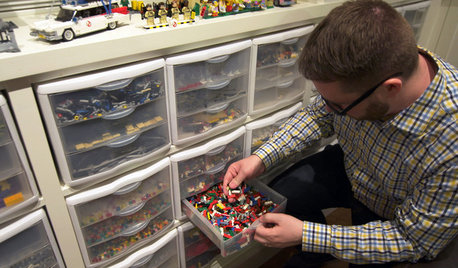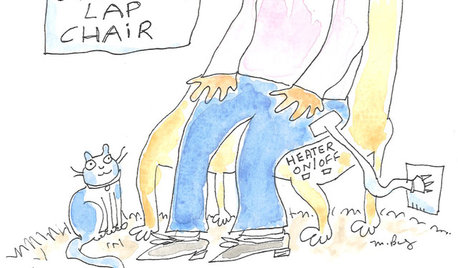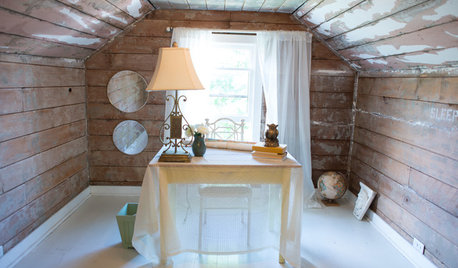This guy told me I could dig up the bearded Irises
Pudge 2b
17 years ago
Related Stories

BASEMENTSHouzz TV: This Guy’s Giant Lego Collection Proves Everything Is Awesome
You may have seen our story about this architect’s Lego-filled basement. Now watch the video to see just how he organizes all 250,000 pieces
Full Story
ENTERTAININGHome Bars Tap Into Guy-Friendly Style
Belly up to rich wood, sports memorabilia and plenty of beer — pub spaces are letting guys run wild without leaving home
Full Story
HOME OFFICESRoom of the Day: Digging Emerald in a Chic Atlanta Office
Green accents tickle a mom and her toddler pink in this office and playspace insired by high fashion
Full Story
GARDENING GUIDESGarden Myths to Debunk as You Dig This Fall and Rest Over Winter
Termites hate wood mulch, don’t amend soil for trees, avoid gravel in planters — and more nuggets of garden wisdom
Full Story
DECORATING GUIDESThe '70s Are Back. Can Ya Dig It?
No need to cringe. These 21 groovy blasts from the past are updated to look fabulous today
Full Story
FUN HOUZZIf Cats Could Design
Ever wonder what your cat might dream up as an architect or interior designer? Here's a peek
Full Story
REMODELING GUIDESHow to Dig Down for Extra Living Space
No room for a ground-level addition? See if a finished basement is a good idea for you
Full Story
DECORATING GUIDESSimple Pleasures: Digging in the Attic
Sift through forgotten things to bring back memories and inspire stories — and maybe even yield a treasure or two
Full Story
REMODELING GUIDESOne Guy Found a $175,000 Comic in His Wall. What Has Your Home Hidden?
Have you found a treasure, large or small, when remodeling your house? We want to see it!
Full Story
FUN HOUZZWhat Could You Imagine With Lego's New Architecture Kit?
Go ahead, toy around with wild building ideas. With 1,210 all-white blocks at your disposal, it's OK to think big
Full StoryMore Discussions






valleyrimgirl
cailinriley
Related Professionals
Palm Springs Landscape Architects & Landscape Designers · Taylorsville Landscape Architects & Landscape Designers · Cerritos Landscape Contractors · Englewood Landscape Contractors · Fort Wayne Landscape Contractors · Indianapolis Landscape Contractors · Lees Summit Landscape Contractors · Post Falls Landscape Contractors · Westford Landscape Contractors · Woodburn Landscape Contractors · Reisterstown Landscape Contractors · San Francisco Window Contractors · Conyers Window Contractors · Homestead Window Contractors · Prairie Village Window ContractorsPudge 2bOriginal Author
cailinriley
tabardca
Pudge 2bOriginal Author
cailinriley
Pudge 2bOriginal Author
signet_gw(6b)
valleyrimgirl
sierra_z2b
valleyrimgirl
sierra_z2b
valleyrimgirl
Pudge 2bOriginal Author
valleyrimgirl